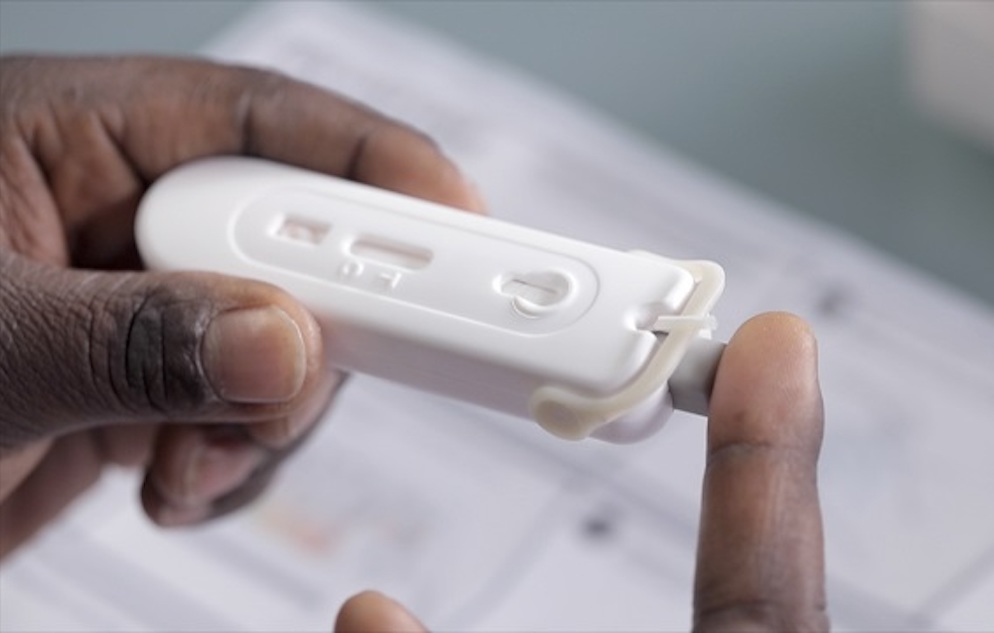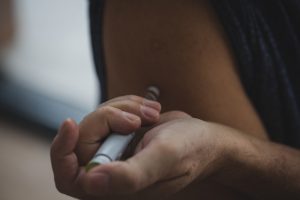 HIV testing is a first step and key to stemming the rate of HIV infections around the world. In sub-Saharan African countries, HIV testing rates continue to be suboptimal, creating an urgent need to explore strategic and cost-effective approaches to increase the uptake of HIV testing, particularly among high-risk populations.
HIV testing is a first step and key to stemming the rate of HIV infections around the world. In sub-Saharan African countries, HIV testing rates continue to be suboptimal, creating an urgent need to explore strategic and cost-effective approaches to increase the uptake of HIV testing, particularly among high-risk populations.
A cost analysis of a text message-based program to promote HIV self-testing, a relatively new technology, was conducted among Kenyan male truckers and female sex workers (FSW), both considered populations at high risk. Dr. Matthew Romo, one of the researchers conducting the analysis and a doctoral student at the CUNY Graduate School of Public Health & Health Policy (CUNY SPH), points out that HIV self-testing is being implemented in many countries in sub-Saharan Africa, but being a relatively new technology, it is more costly than standard provider administered HIV testing. The results from the analysis were published in the journal PLOS ONE.

The analysis was conducted on a sample selected from the electronic health record system of North Star Alliance, which provides health services to hard-to-reach populations across Africa, including truckers and sex workers, by setting up clinics at major transit hubs. The sample selected comprised truckers and FSWs who, according to their records, were irregular HIV testers. The truckers and FSWs were randomly assigned to either receive the intervention, text messages promoting the availability of HIV self-testing kits in Kenyan clinics, or were assigned to a standard care group, receiving a general text message reminding the clients to get tested for HIV. Researchers evaluated the effect of the text message-based promotion of self-testing kits on HIV testing rates and determined the value of the resources utilized in both the intervention and standard programs, in order to determine a cost per client tested.
Researchers calculated the cost of offering the HIV self-testing kits to be double that of the standard clinic-based testing (USD 10.13 versus 5.01 per client tested), primarily due to the high price of the self-test kits. The rates of testing during the study period were higher for those receiving the intervention than those receiving standard care, with approximately 4% of truckers and 11% of FSWs in the intervention group opting to be tested, compared to 1% of truckers, and 6% of FSWs in the standard care group. However, these testing rates were well below expectation and resulted in relatively high cost per client estimates, as well as higher cost per additional client estimates, which are usually driven down by higher response rates.
“Increasing the demand and uptake of HIV self-testing would make it a more cost-effective option,” says Dr. Romo. He points out that this will be an important focus for future research.
Dr. Elizabeth Kelvin, faculty member at CUNY SPH, was a co-author on this study.



